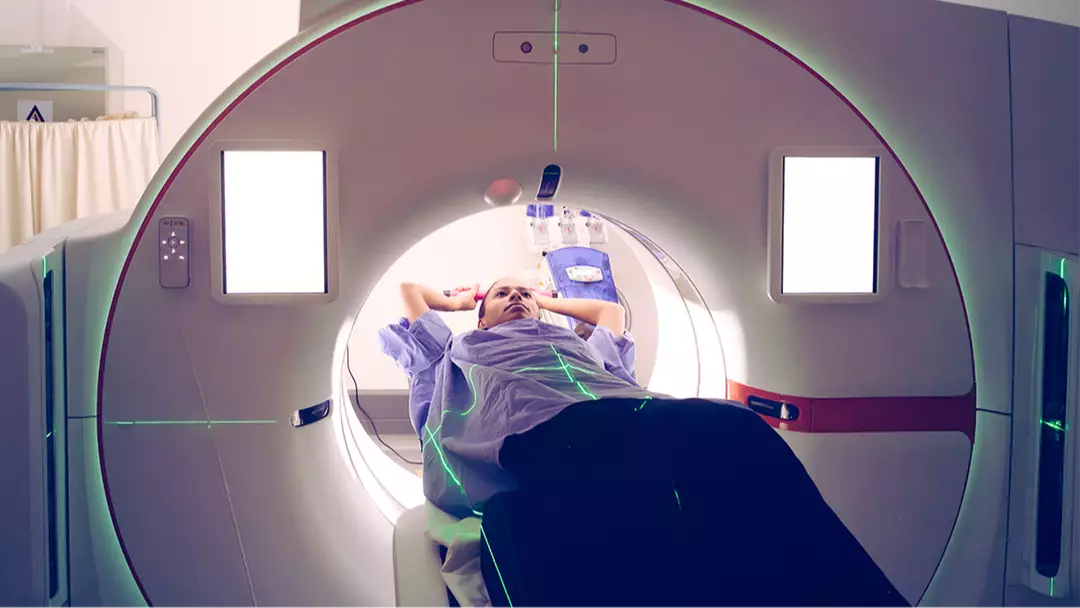Increasing numbers of young and seemingly healthy women are being diagnosed with a form of cancer typically linked to older men.
There’s still a common misconception that cancer primarily affects older individuals, but this is not accurate.
Research worldwide has identified six cancer types that are becoming more prevalent among those aged 20 to 49.
Alarmingly, medical professionals are now highlighting a type of cancer that claimed the lives of 600,000 women in 2022, surpassing the death toll from breast, ovarian, and cervical cancers combined.
The American Cancer Society notes that smoking remains ‘by far’ the leading risk factor for lung cancer. However, doctors are observing a concerning trend of diagnosing the disease in young women who have never smoked.
Currently, 20 percent of new lung cancer cases are found in individuals who have never smoked.
Dr. Iona Baiu, a thoracic surgeon at the Ohio State University Comprehensive Cancer Center, shared with Today: “We’re seeing a shift in trends now and seeing patients who are younger and patients who are never smokers, who we never used to see.”
Dr. Narjust Florez, co-director of the Young Lung Cancer Program at the Dana-Farber Cancer Institute, is also voicing significant concerns.

She remarked: “This is important. This is a real, documented epidemiologic shift that has been going on since 2018 at least, and it’s not anecdotal anymore. I’m the same doctor, in the same clinic, but the patients are getting younger.”
She further explained: “Just last week, a 22-year-old medical student presented with metastatic lung cancer so extensive that I could feel skin lesions during the exam. She had never used tobacco.”
“Before that, I saw a 19-year-old who tested EGFR-positive, which means the tumour has a mutation in the EGFR gene, which drives cancer growth. This can be targeted with specific therapies – but she’s 19!”
Lung cancer ranks as the second most common cancer diagnosed in both men and women, as per the American Cancer Society.
Overall, lung cancer cases are decreasing, likely due to the reduction in smoking, with a 73 percent decline in cigarette usage among American adults since 1965.
However, the decline in lung cancer rates is slower among women compared to men.
Some specialists suggest that the rise could be related to factors such as increased radon levels in homes, air pollution, and genetic mutations, according to Today.
Radon, an odorless, colorless radioactive gas, forms when radioactive metals such as uranium, thorium, and radium decompose in rocks, soil, and groundwater. Exposure typically occurs through cracks in homes or other structures.

Baiu stressed the critical nature of early cancer detection, as it is more manageable in its initial stages.
However, annual screening guidelines typically focus on individuals who smoke or have a smoking history, making it essential to recognize lung cancer symptoms in non-smokers.
The American Cancer Society lists some common symptoms as a persistent cough, chest pain, unexplained weight loss, shortness of breath, and newly developed wheezing, among others.

